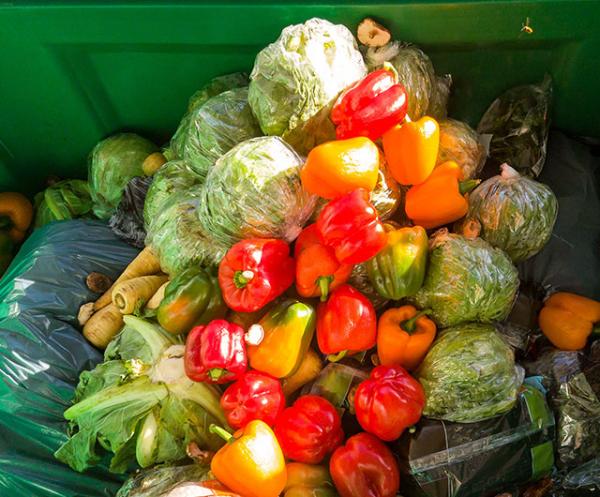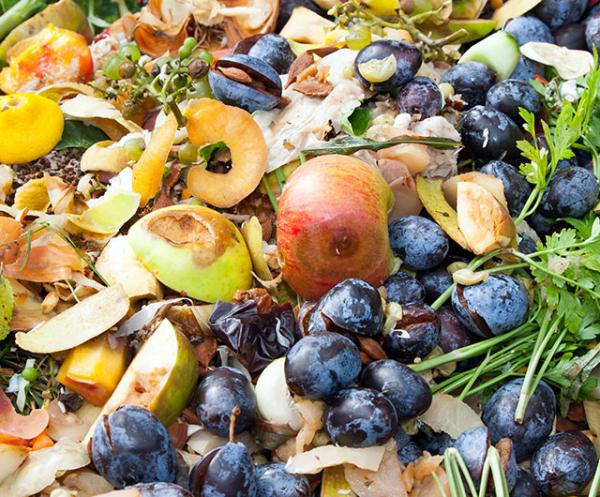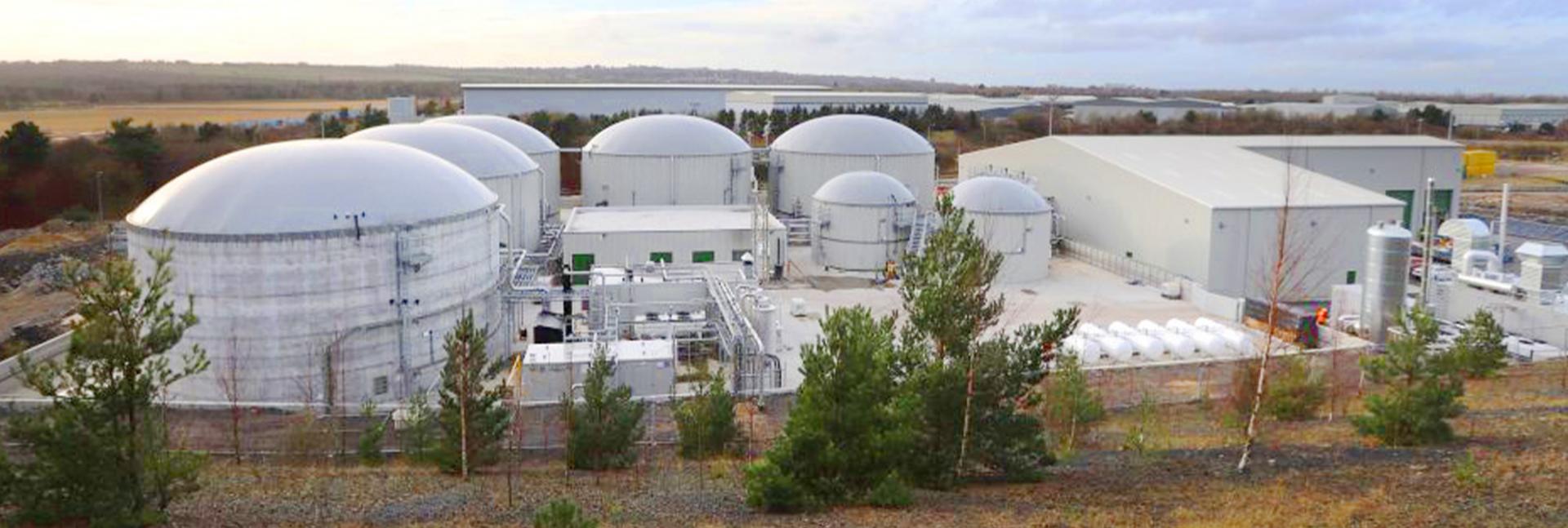
Sustainable Processing of Food Waste
GAP Organics ensures that food waste collected from customers is processed at local renewable energy facilities. By diverting waste from landfills, these facilities create renewable biomethane and high-quality fertilizers for local farming activities. Upon arrival at the anaerobic digestion (AD) plants, food waste is mechanically separated from any packaging, which is then sent to Waste to Energy sites. This separation process ensures that only organic material is used in the subsequent steps of waste processing.

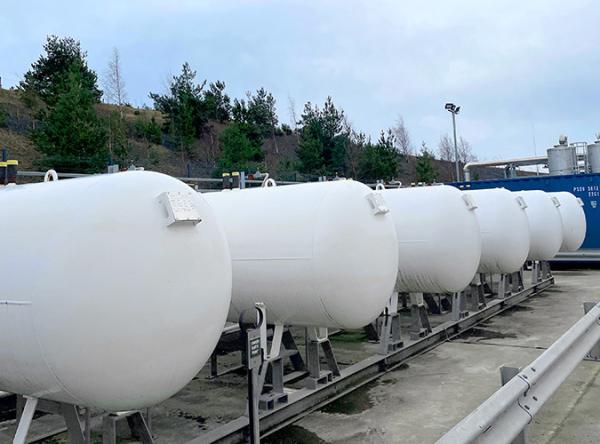
Advanced Anaerobic Digestion Process
After separation, the organic material is pumped and blended with other local organic waste, including wash waters from food producers, which would otherwise go to the sewer. This blended material is then fed into the plant's digesters, where microorganisms break down the biodegradable content, converting it into methane and carbon dioxide (biogas). This process mimics the natural digestion occurring in a cow's stomach, efficiently transforming waste into valuable biogas.
Renewable Energy and Fertiliser Production
The biogas produced is utilized in Combined Heat and Power (CHP) engines to generate renewable heat and electricity or is upgraded to meet National Grid standards as renewable gas. Both energy streams are exported to the National Grid for use by domestic and industrial customers. The remaining liquid, known as digestate, is a nutrient-rich fertilizer. At GAP Organics' supplied plants, this digestate meets the PAS110 quality standard, ensuring it is recognised as a high-quality bio-fertiliser rather than waste, benefiting local agriculture with sustainable nutrient solutions.
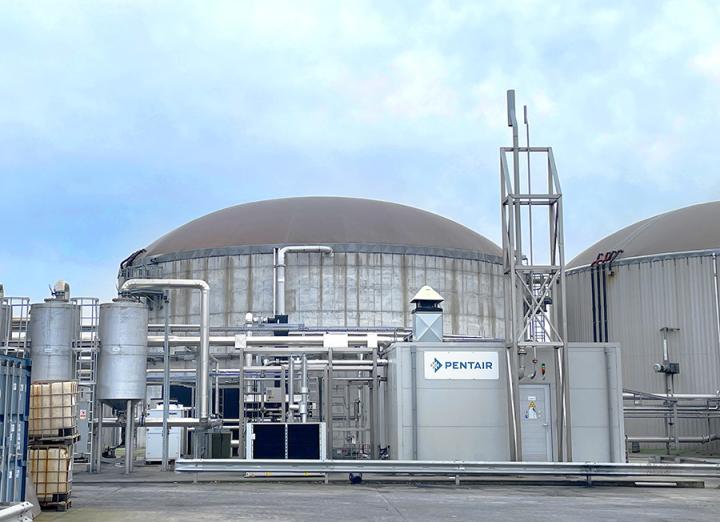

 Navigate the GAP Group
Navigate the GAP Group
